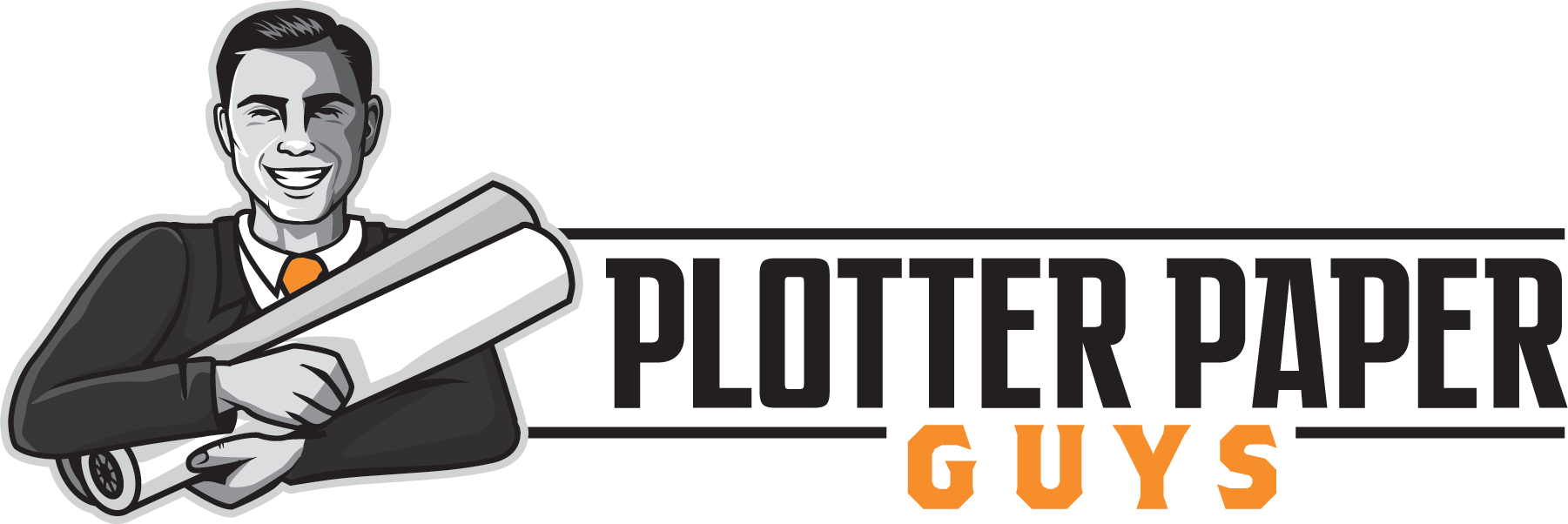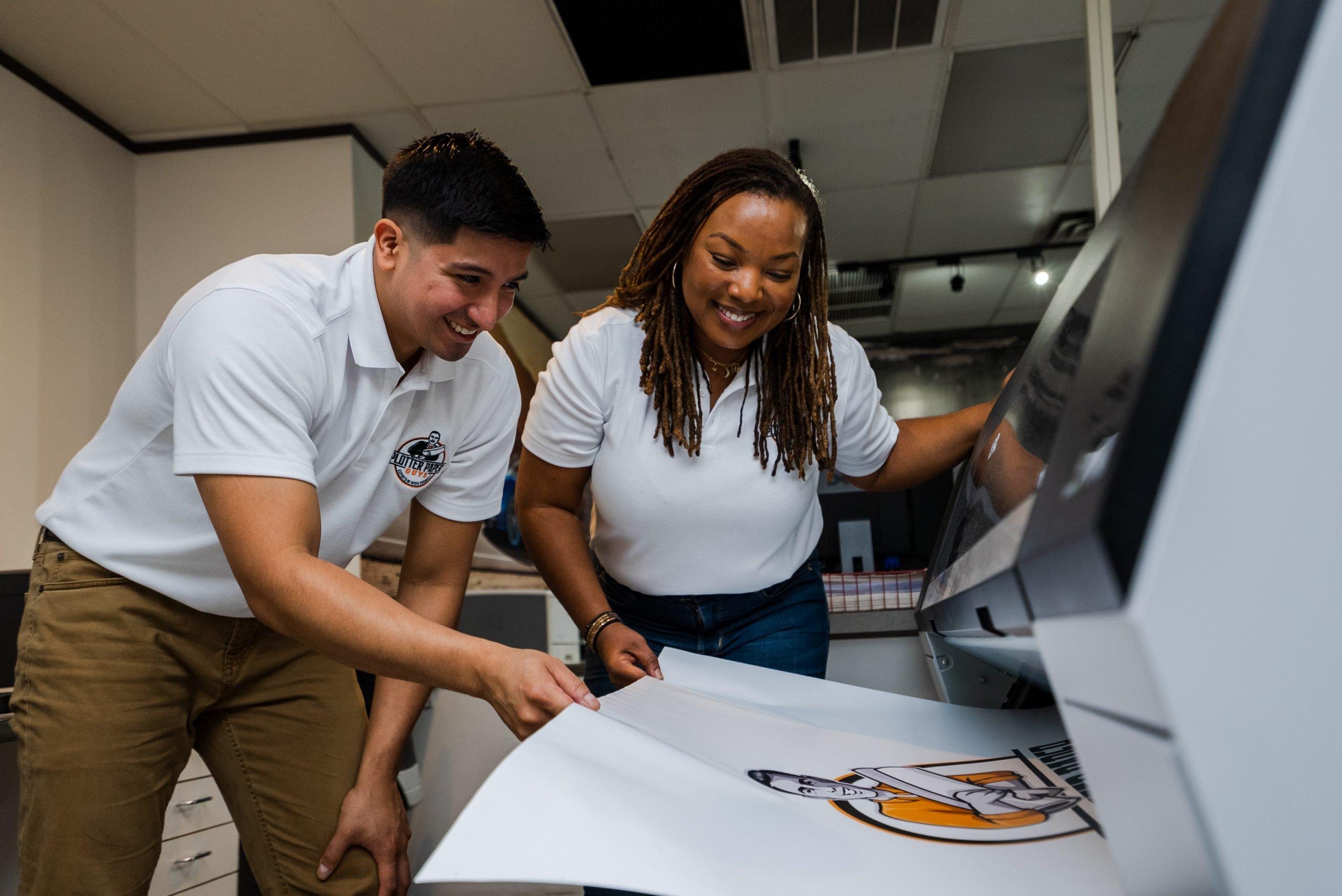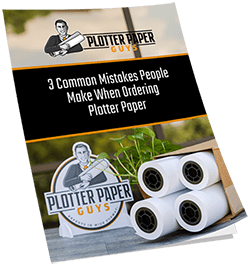Imagine you’re on track to design and print promotional posters for your business. The designing process went without a hitch, and you’re ready to print them for distribution. However, you might find out the design does not fit any prepared paper while having a dull finish upon printing.
You may have to get yourself some quality poster paper rolls and printers.
Designing and printing posters are no easy tasks, especially for small businesses. Promotional posters and digital printing are crucial to the current marketing trends. Printing mistakes can harm your sales strategies.
To prevent these mishaps, use the appropriate paper supplies and printers. One good solution to get all your designs printed is to use poster paper rolls instead.
If you have no idea about poster paper rolls, keep reading to learn more.
Is There a Standard Poster Size?
Nowadays, there are many poster-size options for the needs of business owners. Remember that posters usually get printed on rolls of printer paper instead of sheets. Once you finish printing your design, you can then cut them into your preferred sizes.
Paper rolls have two- or 3-inch cores and have a roll length ranging from 150 feet to 500 feet. Most rolls also follow the standardized paperweight.
Many global industries follow a few standard sizes. Choosing one of these paper size standards will make printing papers easier for you. It cuts all the guessing for poster dimension, along with paperweight and material.
Keep in mind there is no universal standard poster size. Some are best suited for printing posters, but the term poster size is not a standardized paper size.
Most printers interpret industry-standard paper sizes by using metric systems. Metric paper sizes follow the international standard of paper or ISO 216.
It categorizes paper into two series A and B. Most industries use the A series for paper sizes.
Countries like Canada, the USA, Mexico, and the Dominican Republic don’t use the same paper name. Although their print shops have different naming conventions, the sizes are still the same.
Regular Dimensions for Poster Papers
There are four typical dimensions or sizes for finished poster papers. But you can still customize your poster paper to the dimensions you want. The following are the usual poster sizes that businesses use.
- Small posters or A3
- Medium posters or A2
- Large or Architectural D
- Movie posters
Poster sizes will still depend on the purpose of your poster. The location of where you’re going to display it also matters.
Small Poster Sizes
This size is the smallest for posters and uses the A3 format. Small poster papers have a dimension of 28 x 43cm or 11 x 17 inches. Outside the metric system, these sizes are also called Ledger or Tabloid. Ledger is when the paper is in landscape form, and Tabloid is in portrait form. These two sizes follow the ANSI B international sizing standards.
Small poster sizes are best for indoor displays like lounges and waiting rooms. They can still attract attention without using much wall space. Posters in this size are also best placed at eye level.
Small businesses can make use of these sizes for their posters. Unlike the other formats, A3 papers are compatible with home inkjet printers. It’s also easier to find inkjet paper sheets of this size.
Medium Poster Sizes
Medium posters are a bit larger than the A2 format. They have a dimension of 46 x 61 cm or 18 x 24 inches, but they are smaller and have a wider size than the standard movie posters that theaters use.
Aside from that, 18 x 24 inches are also the size of Architectural C format. It’s the US standard for architectural papers like blueprints and maps. Inkjet bond paper rolls often offer an 18-inch width to accommodate these uses.
Independent movies also use this size for printing their posters. It also works well for both indoor and outdoor advertising.
Large Poster Sizes
Large poster sizes are also called Architectural D Size and the usual size for many posters. They are around 61 x 91 cm or 24 x 36 inches.
These posters are also easy to frame. More than that, a large poster paper helps attract more attention. Music and entertainment promotional posters often use this size format.
Not only that, but photo exhibits also use poster paper rolls of the same quality as photo papers. These papers are also thicker, to withhold the printer inks making the design.
Printing Papers and Large Posters
When printing papers, like large posters, you need to consider the paper and the printer.
Poster papers have different thicknesses and surface coatings. These differences can affect the quality of your printed images.
Unlike documents, inkjet printers are essential in printing high-quality posters. Inkjet printer inks offer better tonal variety and color blending. Aside from that, an inkjet printer can also print on several paper types like glossy photo papers.
A wide format printer is necessary when printing large posters. Many businesses use wide-format inkjet printers to print out presentations and marketing materials.
Wide-format printers handle large sizes and offer higher printing quality. Not only that, but they also provide high levels of customization. These printers allow you to print anything with more formatting options.
Contrary to what many believe, they also cost less than commercial printers. You can use them after some training.
Everything You Need to Know About Poster Paper Rolls
When printing marketing materials, you need to have enough paper supplies. Instead of bond paper sheets, buying paper rolls is better and more cost-efficient. Aside from that, paper rolls also make it easier for you to customize your design.
By understanding poster paper rolls, you can buy one that fits your business needs. Talk to experts like us for your paper needs now.




